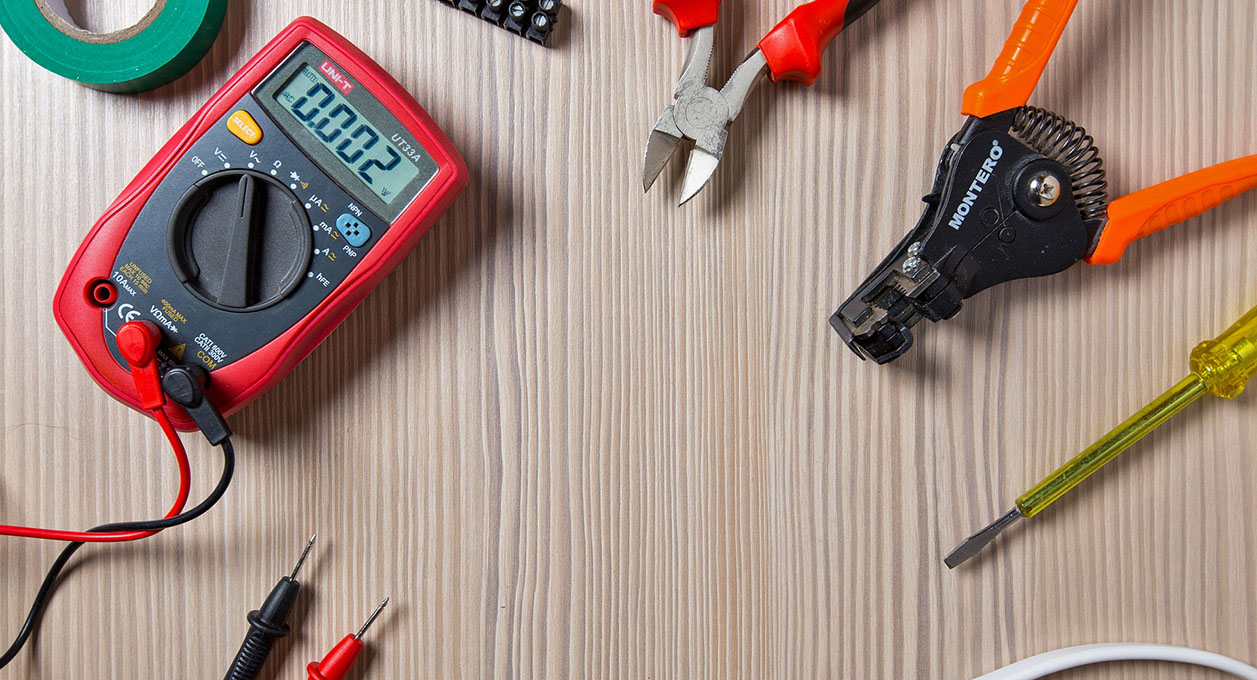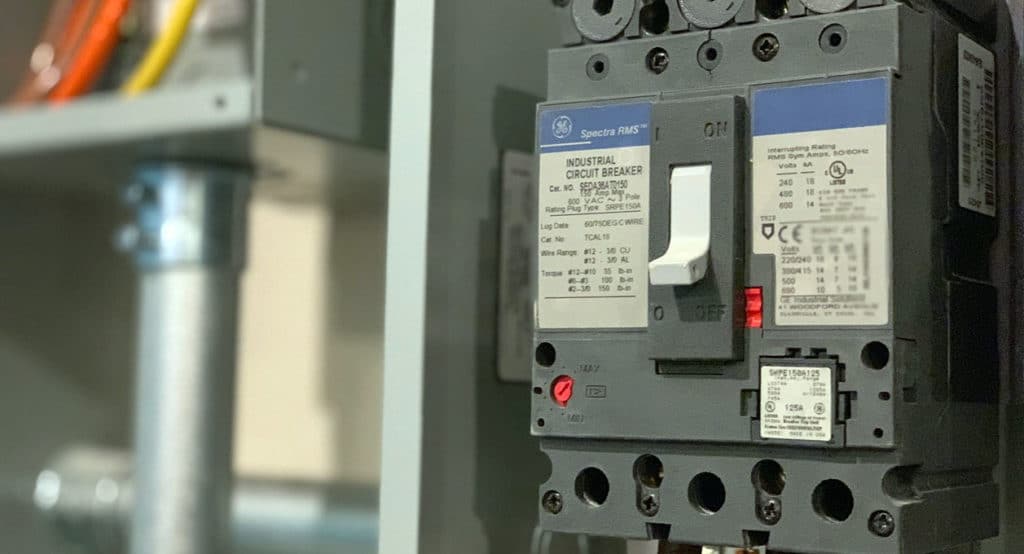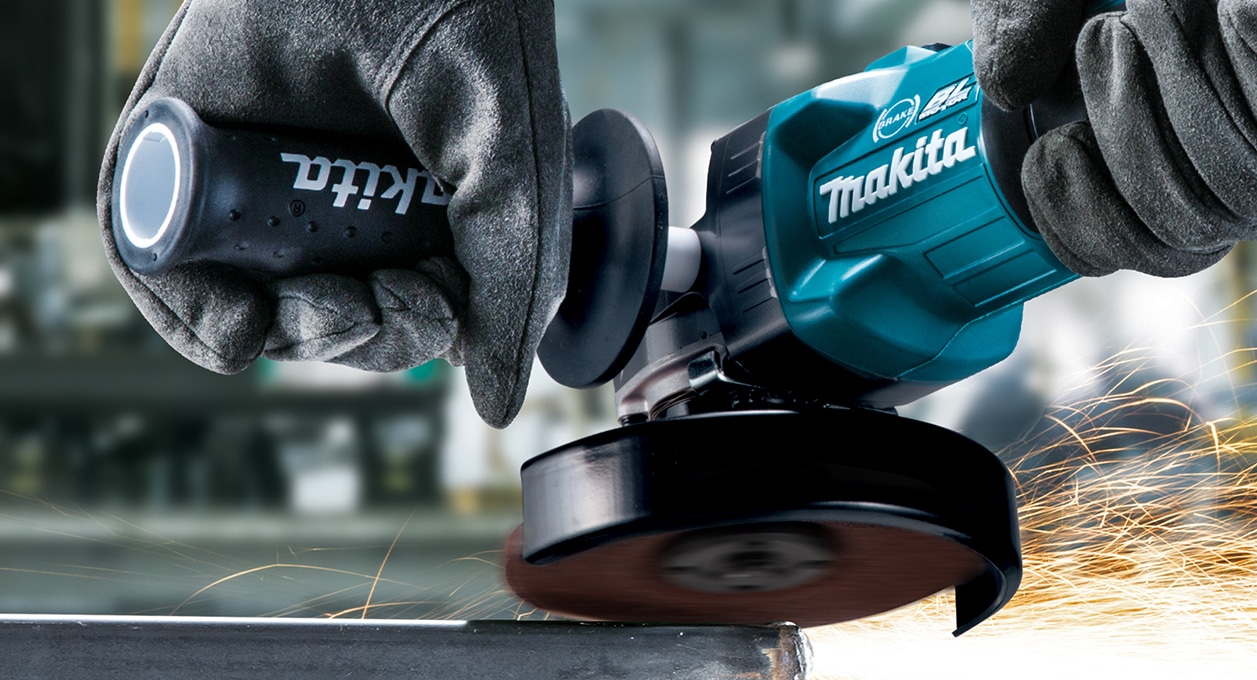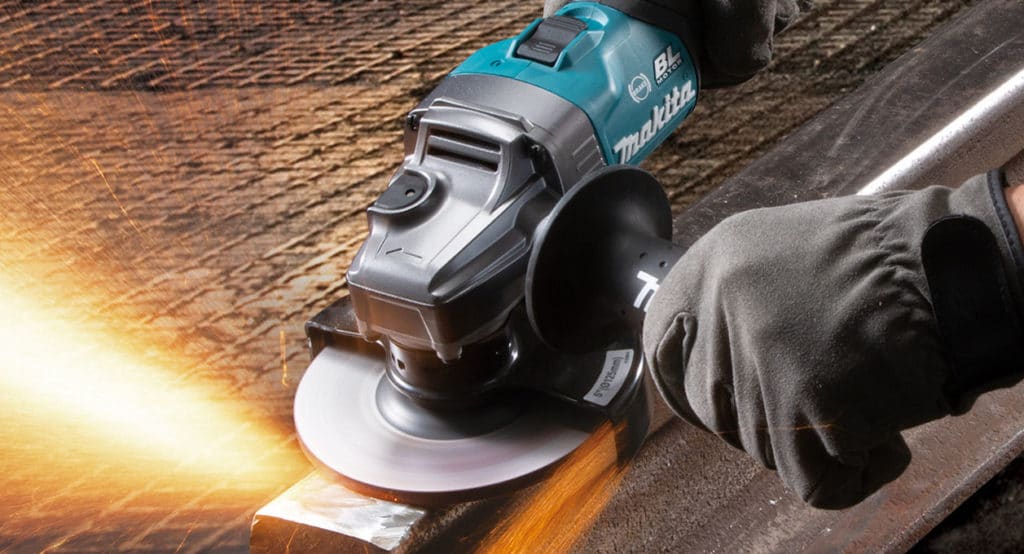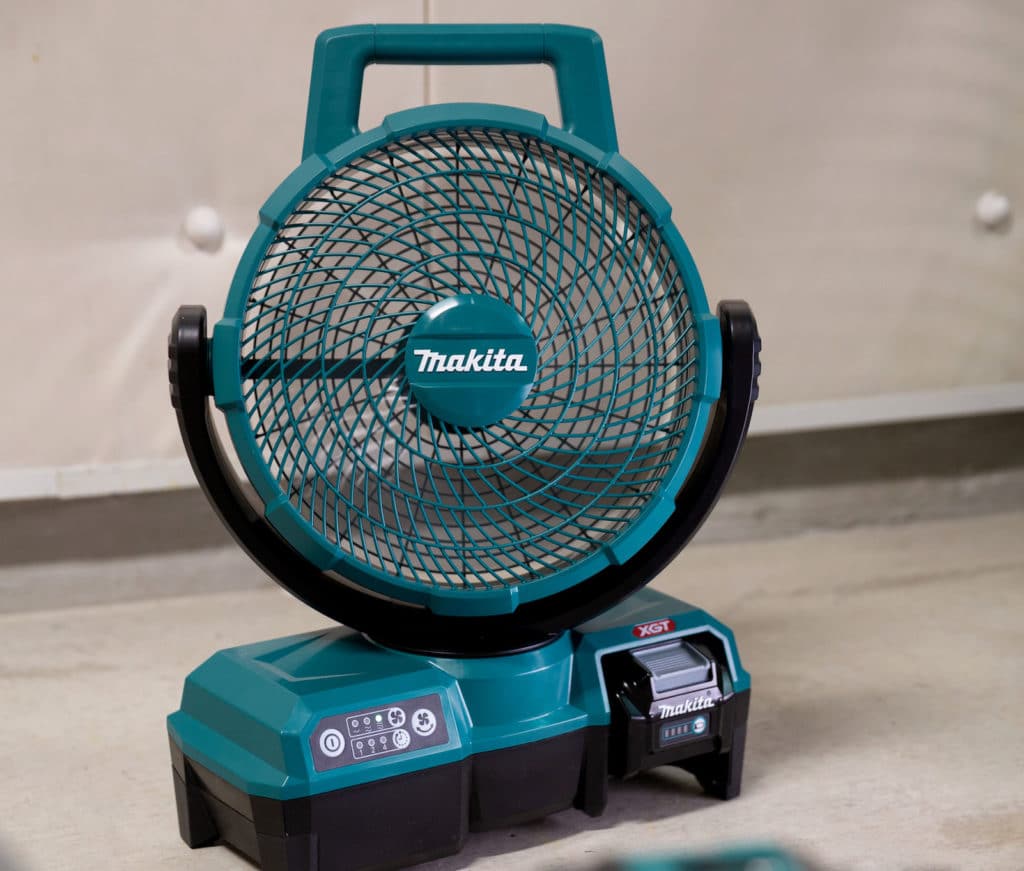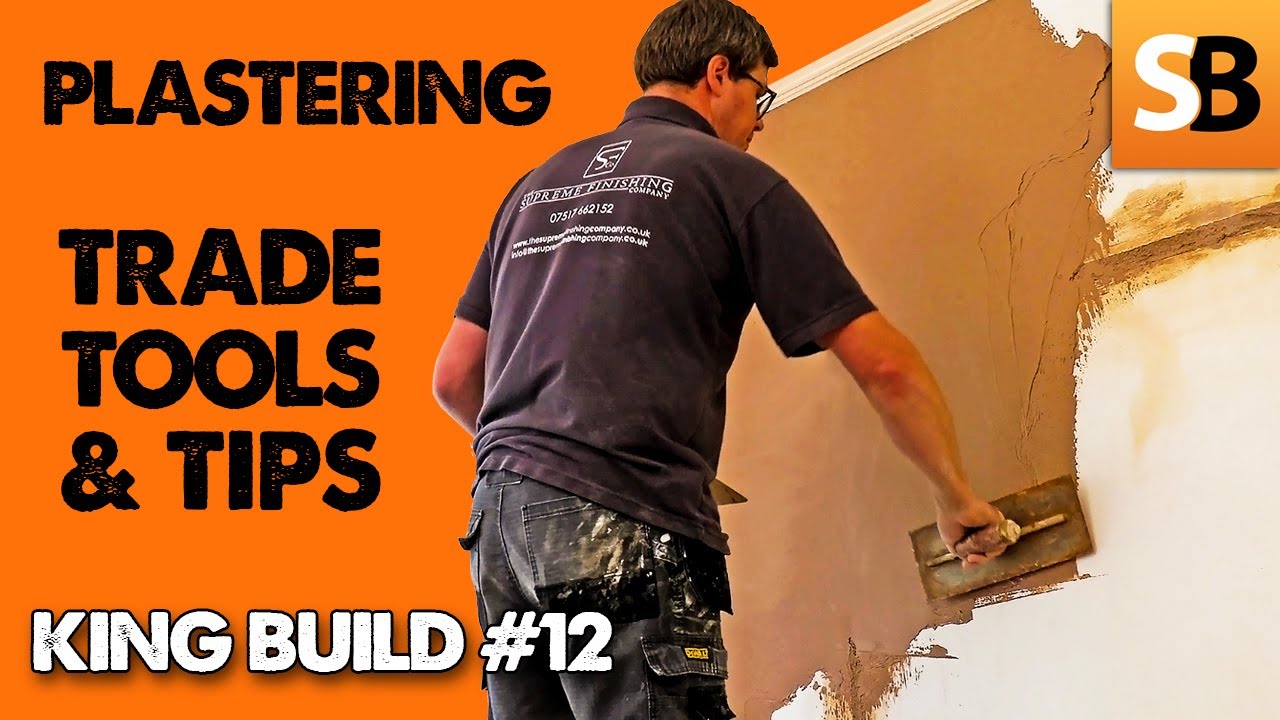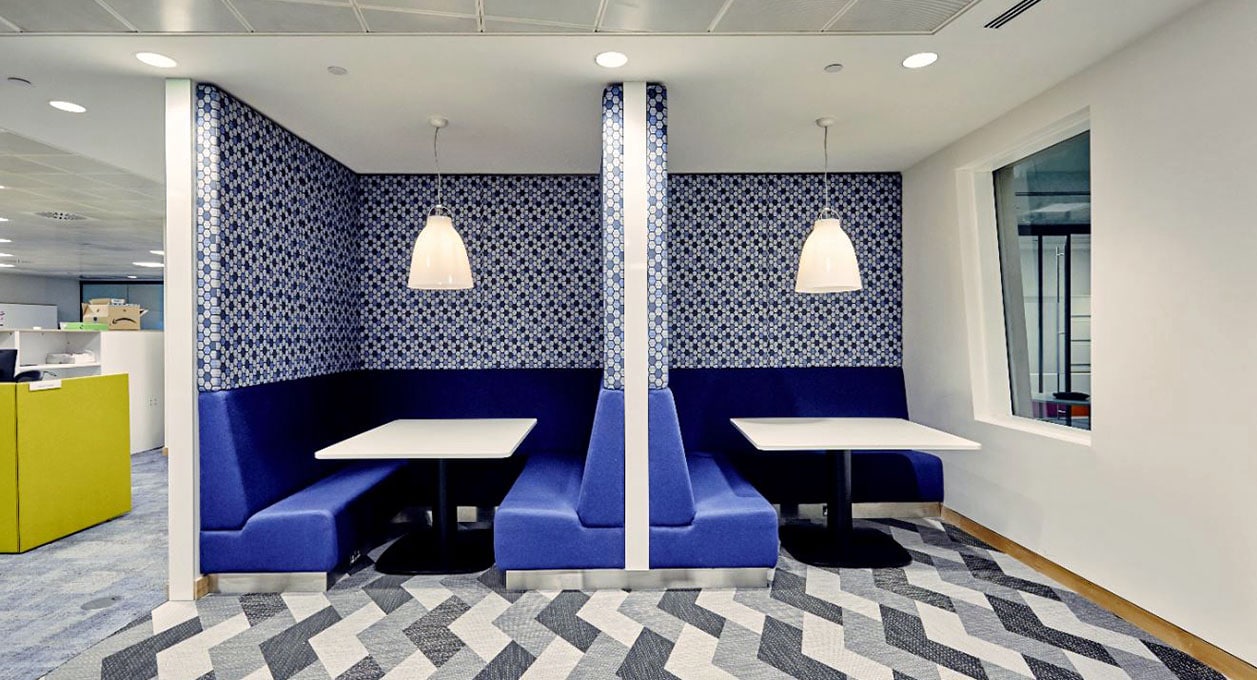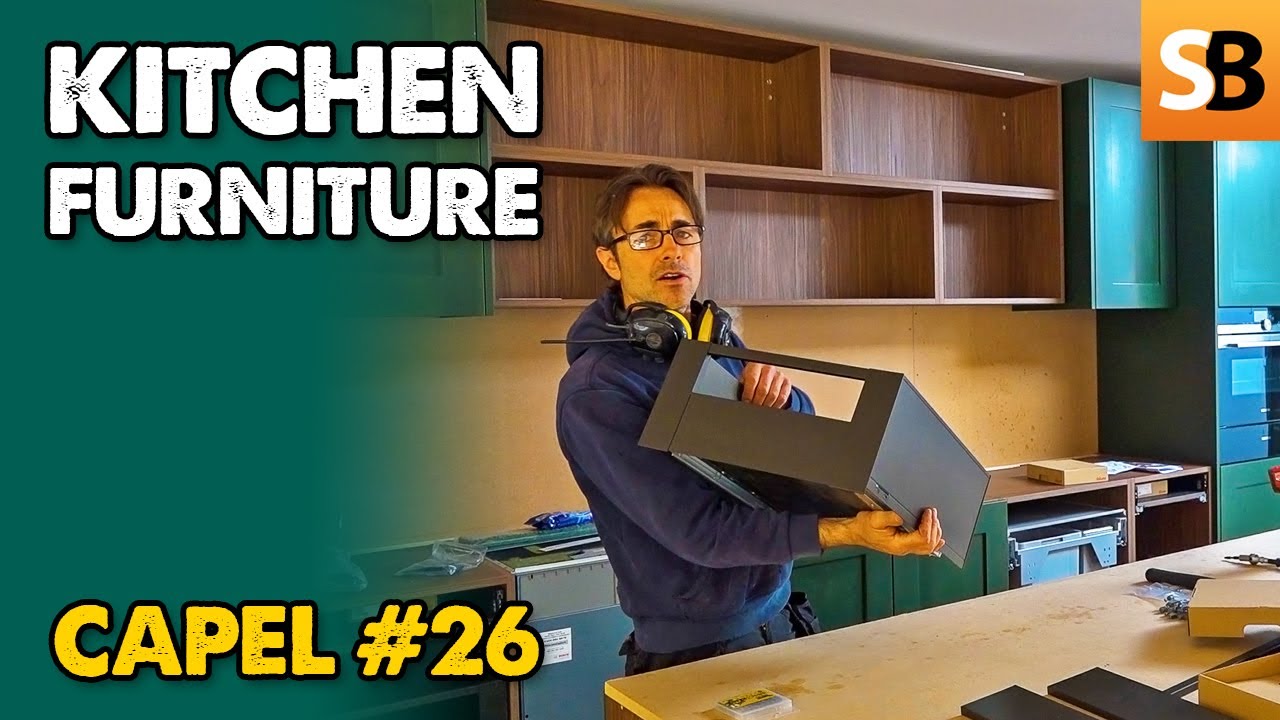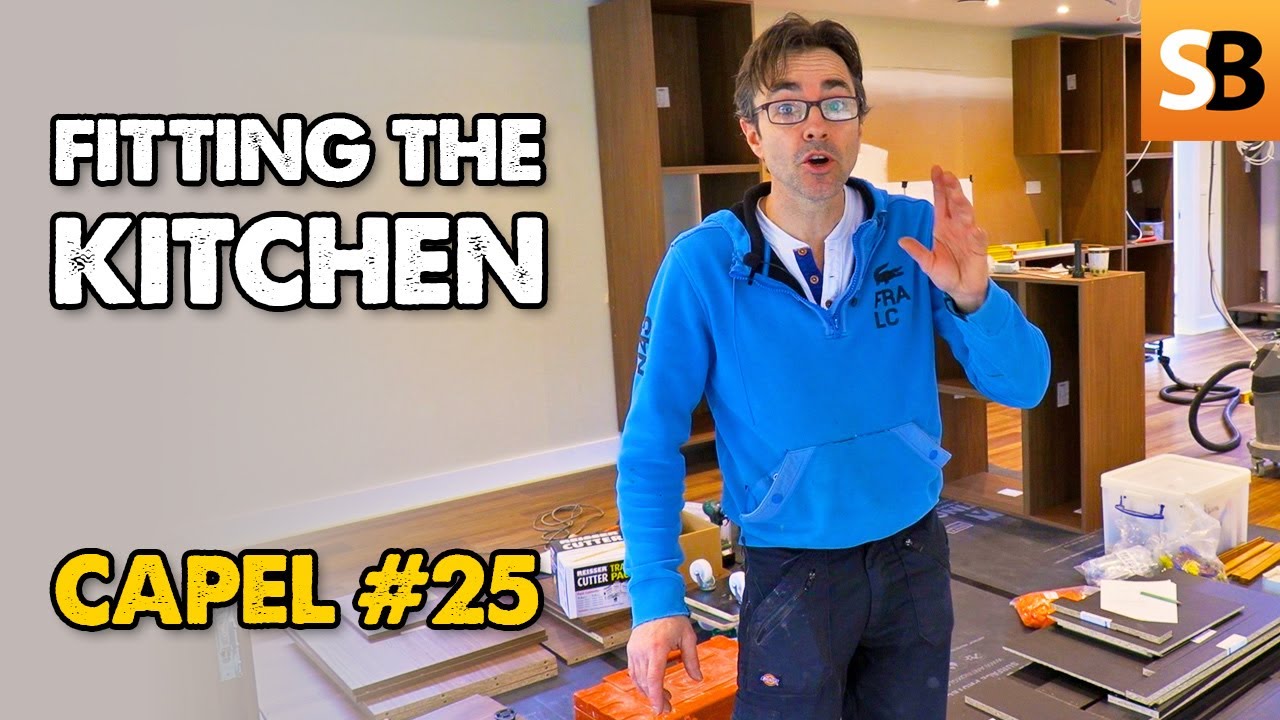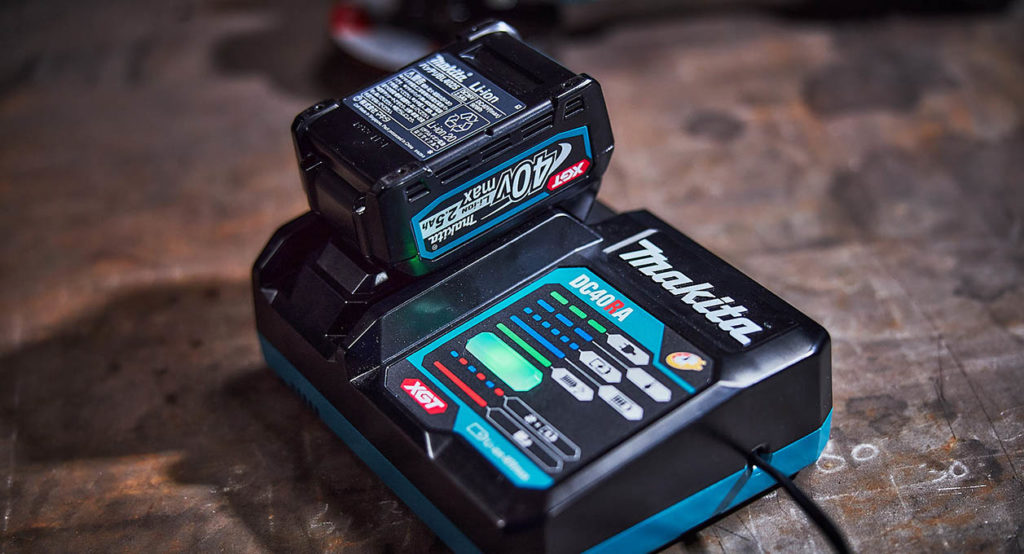Condensation is one of the most common issues faced by British homeowners. It’s estimated that at least 1 in 5 UK homes suffers from excess condensation, often in the loft space. There are many reasons for this which we’ll discuss further below, but one of the most common causes includes the measures we take to make our homes more energy efficient. Thanks to innovations such as double or triple glazing, cavity wall insulation and so on, your home effectively becomes “sealed up” and cannot breathe as effectively.
Stop Condensation
Condensation and excess moisture can build up at any time of the year, although it is most common in the Autumn and Winter. The first tell-tale signs of condensation in your loft space include patches of damp, moisture on the insides of windows or unsightly black spots on your walls. In more advanced cases you may also find mould spores developing on linens or other items stored in your loft. If you notice any of these issues, it’s important to tackle them early. Damp and mould present significant risks to health, and when left unchecked, excess moisture can begin to rot away at the timber battens in your roof.
Fortunately, if the right steps are taken in a timely manner, condensation in your loft space can be reversed and these potential issues will be prevented. The first step however is to investigate the underlying causes behind the problem in your home. Only then will you be able to set an effective plan to tackle the issue in motion.
So How Do I Cure Condensation in My Loft?
To fix the condensation issues you may be experiencing, it’s important to understand why condensation occurs. Condensation is a natural phenomenon that occurs when warm, humid air comes into contact with a cold surface. The warm air is unable to retain the moisture it’s carrying and releases tiny droplets of water against the surface.
Condensation isn’t usually an issue. However, if your home is experiencing serious condensation build-up, particularly in the loft space, it can lead to both serious health problems and structural damage. As most homeowners only go up into their attic a few times per year, issues with condensation in the loft space often build up for a long time before being noticed. When you do spot these issues however, it’s vital to get on top of them as soon as possible before they become a serious dilemma.
What Causes Condensation in the Loft Space?
As with even benign condensation, it occurs in your loft space when excess moisture in the air is unable to escape due to inadequate ventilation. There are many reasons why this could be happening in your home.
Loft Insulation
Condensation is a common side effect of installing modern loft installation. Loft insulation has many benefits: increased energy efficiency, reduced utility bills and a more comfortable environment within the home. These advantages are well-documented and can even add value to your property as well as saving on annual energy costs.
However, effective loft insulation will also restrict your home’s ventilation and ability to “breathe”. Your home will be cosier and nicer to live in, but the loft space will become colder, which in turn attracts the warm air from below. When this warm air rises and meets the cold surfaces on the inside of your roof, it will form condensation.
We’ll talk more about ways to fight condensation in your loft space later in this article. However, with regards to loft insulation, one of the best things you can do is install natural insulation made of sheep’s wool. This eco-friendly form of insulation is hygroscopic, which means it’s able to absorb and wick away moisture incredibly effectively, tackling condensation before it becomes an issue.
Over-Filling the Loft Space
Another common cause of condensation is poor ventilation caused by overcrowding your loft space with possessions. Many older properties may only have a few tile vents or no ventilation at all, which means boxes could potentially be obstructing these vents, greatly impacting airflow. More modern roof designs use continuous eave and ridge ventilation, however using the loft as a storage area still isn’t recommended. According to the National House Building Council, “The roof space isn’t intended to be a storage area, so if you do put items up there you could restrict the air flow. The stored items may also become damaged by the condensation.”
Hot Water Tanks in the Loft
Many homes in Britain have their hot water tanks in the loft space. While these aren’t usually an issue, it is worth checking that yours is in good order. If the lid has come off or isn’t properly sealed then the steam it releases will inevitably form condensation and lead to more serious problems. It’s worth checking your hot water tanks annually, particularly just before the colder months when condensation can be an even greater issue.
Uninsulated or Poorly Fitted Loft Hatches
If your loft hatch wasn’t fitted properly or is poorly insulated, then the warm, humid air from below will be able to penetrate the loft space. If your loft space has ventilation issues, this makes it the perfect environment for condensation to form. Once this air builds up, rises and hits the cold inner surface of your roof such as slates or the membrane, it will condensate and form pools. This excess moisture will then lead to damp, mould, and rot.
Day-to-Day Life
Many of life’s daily activities can contribute to condensation by increasing the amount of warm, moisture-filled air in the home. In fact, studies show that an average four person household can release as much as 14 litres of water vapour into the air every day. This can be due to showering or bathing without using an extractor fan or opening the window, as well as cooking, washing up or boiling water without ventilation. Another common cause is air drying wet clothes inside. As the clothes dry the moisture escapes into the air, and if there’s no ventilation it will only rise upwards towards your loft.
How to Avoid Condensation in Your Loft?
Now that you’ve learned about many of the most common causes of excess moisture and condensation in the home, it’s time to learn the steps you can take to reduce the risk of your home developing a serious problem.
Insulation
Often the root cause of condensation in your loft space is down to an imbalance between your home’s levels of insulation and ventilation. Many older properties have minimal or even no loft ventilation as they are so poorly insulated that there’s no need to ventilate the loft. Therefore, as we improve insulation in our homes it’s vital to bring ventilation up to par to be able to cope with the increase in warm air inside the property.
Cooking and Bathing
Installing extractor fans in your kitchen and bathroom, as well as keeping windows open is a simple way to reduce the amount of moisture inside. You should always be aware that any moisture your day-to-day living generates needs to go somewhere and if you don’t allow for this your home may experience a serious issue with condensation, mould, and damp.
Laundry
You should avoid drying clothes indoors on radiators or clothes maidens wherever possible. If you must, make sure the area is properly ventilated with open windows. According to research, drying clothes indoors can increase moisture levels inside by up to 30%.
Changes to Your Roof
Often in older roofs, the original roofing felt will not allow moisture or vapour to pass through. Therefore, it should be replaced with an effective roof breather membrane or vapour barrier. This will, however, require all roof tiles or shingles to be removed. While this is a more involved process, it will help to avoid issues in the future.
You could also consider converting your roof into a “warm roof”. This means moving the insulation from being above the ceiling to between your roofing tiles and the roof battens. This transforms the loft space from being a cold area to a warm one where moisture will not condensate. This will be doubly effective if you use highly breathable insulation such as sheep’s wool.
How to Treat Condensation in the Loft
If you’re already experiencing a problem with condensation in your loft space, it’s important to act fast to combat this issue.
The first step is to check for any obvious signs or issues that may be causing moisture ingress into the roof space from above. This can include cracked or broken roof tiles, cracked leadwork or leaking pipes and guttering.
Then, it’s time to assess the levels of ventilation and insulation present in your loft. Removing any obstructions such as storage boxes from ventilation points is the first stage, as well as ensuring that any items stored in your loft are kept at least 5-10cm away from the walls.
If your loft space is already insulated, ensure it has not been damaged by moisture, pests, or other issues. If it has been, it should be replaced with modern, breathable loft insulation along with a vapour barrier to further protect against moisture ingress and condensation.
Adding Roof Ventilation
Other ways to add ventilation to your roof space include the installation of vented soffit boards, as well as purpose-built roof tile vents.
Vented Fascia, Soffit, Ridge and Eaves Panels
These forms of roof ventilation are used along the roofline to improve airflow and ventilation. By drawing the warm air out, they help to prevent condensation from building up in the loft space. An affordable option for homeowners that come in a wide range of styles, materials and finishes to suit your property. Installing them does take a little work, so it’s best to do this when you’re already undertaking a roofing project, unless fixing the condensation issue is urgent.
Roof Tile Vents
These vents are designed to be installed along with your regular roof tiles. Disguised to match the aesthetic of the rest of your roof as seamlessly as possible, these tiles contain slim vents which allow the passage of air. They are also cleverly designed not to allow any moisture to enter the space below, keeping your loft space clean and dry. These roof tile vents are also available in many different materials and styles, making it easy to match them to your property.
In conclusion, we hope this article has helped you to learn more about the causes and prevention of condensation in lofts and attics. If this is a problem your home suffers from, please don’t delay getting it fixed. As stated, not only can condensation cause significant structural damage, particularly to timber elements in your home, but it can also be hazardous to health.
Author Bio: Roofing Megastore is a leading UK online roofing materials retailer.






